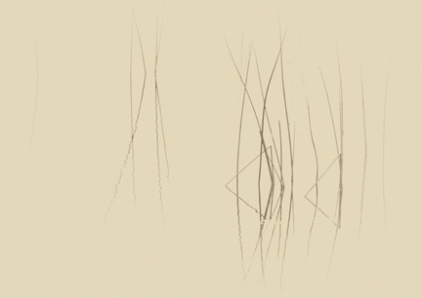For a little while now I have been studying and appreciating the Japanese art form of ukiyo-e (“pictures of the floating world”). These were woodblock prints and paintings that were made during the 17th to 19th centuries and which had at their core a beautiful simplicity that I am very drawn towards.
In this genre of art I am especially excited by the nature themed works which emphasize line and form. . I have made several prints of images that were inspired by these poetic artworks and have been pleased with the response to them.
During my last trip to Maine, I made a bird image that I feel is consistent with the overall feeling of ukiyo-e, at least the way I have been inspired by it. In this image, made near Portland Head Light, I am emphasizing simplicity with repetition of line broken up by the more organic form of the bird. The print will be made as a black and white image on Epson Enhanced Matte paper at a size of approximately 10×14. The 16×20 framed price is set at $200 to start and includes UV-protective, Reflection-control glass. The edition will be limited to 100 in this size and 150 overall.









